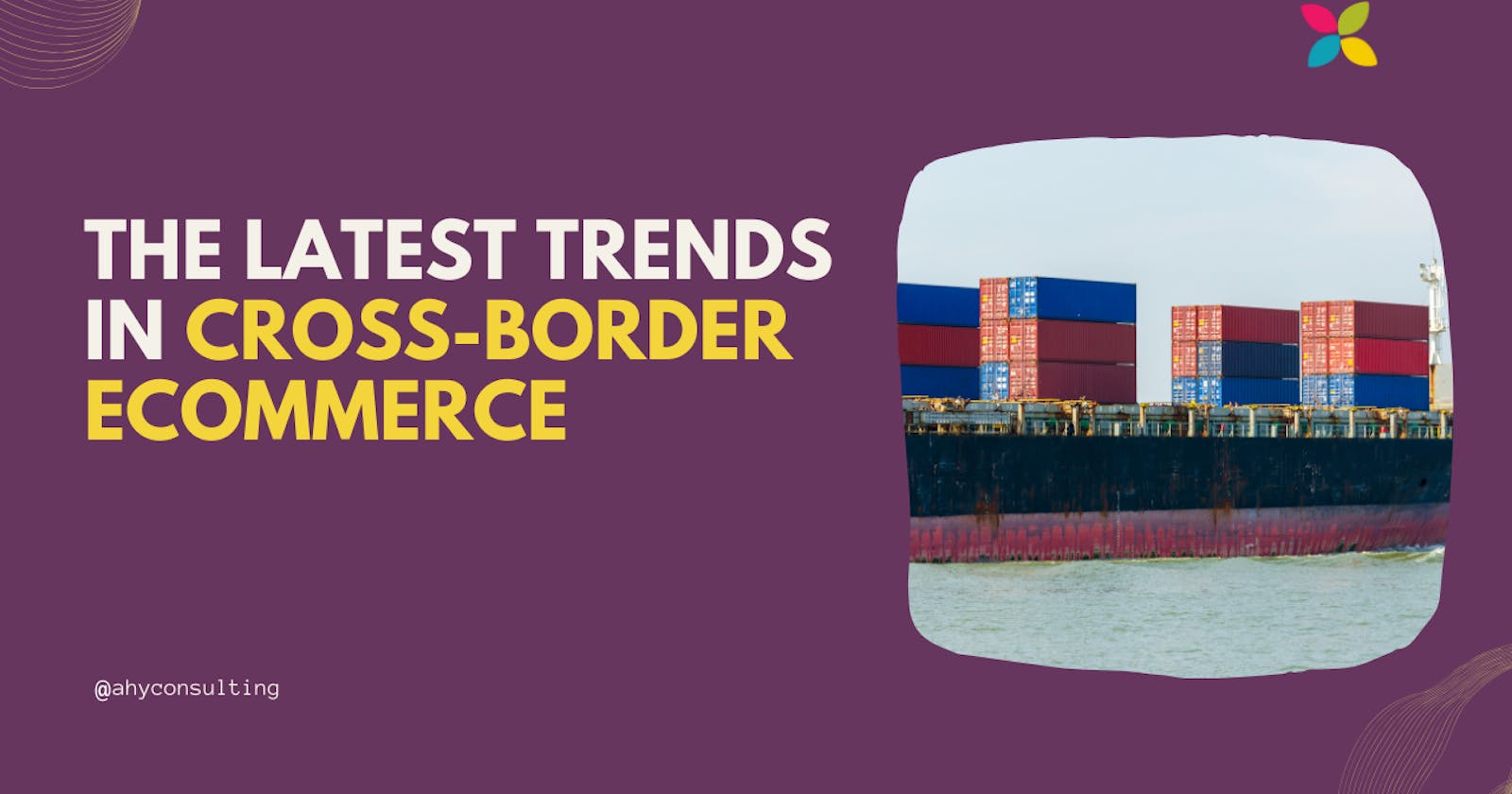The Latest Trends in Cross-Border eCommerce
Expanding Horizons: Navigating the New Wave of Global eCommerce
In today’s interconnected world, cross-border eCommerce has emerged as a significant trend, breaking down geographical barriers and opening up global markets for businesses of all sizes. This expansion offers immense opportunities but also comes with unique challenges. Understanding the latest trends in cross-border eCommerce is crucial for businesses looking to capitalize on this growing market. Let's explore the key trends shaping the landscape of international online trade.
1. Localization of User Experience
One of the biggest trends in cross-border eCommerce is the localization of the user experience. This involves tailoring your website to suit different languages, currencies, and cultural nuances. Localization goes beyond mere translation; it encompasses understanding and catering to local customs, payment preferences, and shopping behaviors.
Impact:
Enhanced customer experience for international buyers.
Increased trust and conversion rates in foreign markets.
2. Diverse Payment Options
Offering a variety of payment options is crucial in cross-border eCommerce. Payment preferences vary greatly between countries, and offering familiar and trusted payment methods can be a decisive factor for international customers.
Impact:
Reduced cart abandonment rates.
Increased customer satisfaction and sales.
3. Mobile Commerce Growth
Mobile commerce, or m-commerce, is growing rapidly worldwide. Ensuring your eCommerce site is optimized for mobile is essential, particularly in regions where mobile is the predominant mode of internet access.
Impact:
Expanded reach in mobile-first markets.
Enhanced shopping experience on mobile devices.
4. Enhanced Shipping and Logistics
Efficient shipping and logistics are key to successful cross-border eCommerce. This includes transparent shipping costs, reliable delivery times, and hassle-free customs clearance processes. Many businesses are partnering with local logistics providers to streamline cross-border shipping.
Impact:
Improved customer satisfaction due to reliable and efficient delivery.
Reduced logistical complications and costs.
5. Data Security and Privacy Compliance
With cross-border eCommerce, businesses must navigate various international data protection regulations, such as GDPR in Europe. Ensuring compliance with these regulations is vital to maintain customer trust and avoid legal issues.
Impact:
Enhanced data security and customer trust.
Compliance with international data protection laws.
6. Social Commerce and Influencer Marketing
Social commerce and influencer marketing are becoming significant drivers of cross-border eCommerce. Utilizing social media platforms and influencers to reach international audiences can be an effective strategy.
Impact:
Increased brand awareness in international markets.
Leveraging influencers’ reach to target specific demographics.
7. Sustainable Practices and Ethical Consumerism
There is a growing trend towards sustainable and ethical practices in eCommerce. Consumers are increasingly conscious of the environmental impact and ethical standards of the products they purchase, including those from international sellers.
Impact:
Increased demand for sustainable and ethically produced products.
Opportunity for differentiation and brand loyalty.
Conclusion
Cross-border eCommerce presents vast opportunities for businesses looking to expand their reach globally. By staying abreast of these trends and adapting strategies accordingly, businesses can successfully navigate the complexities of international online sales and tap into new markets with confidence.
Interested in exploring cross-border eCommerce for your business? Connect with a Global eCommerce Expert today for insights and tailored strategies.

